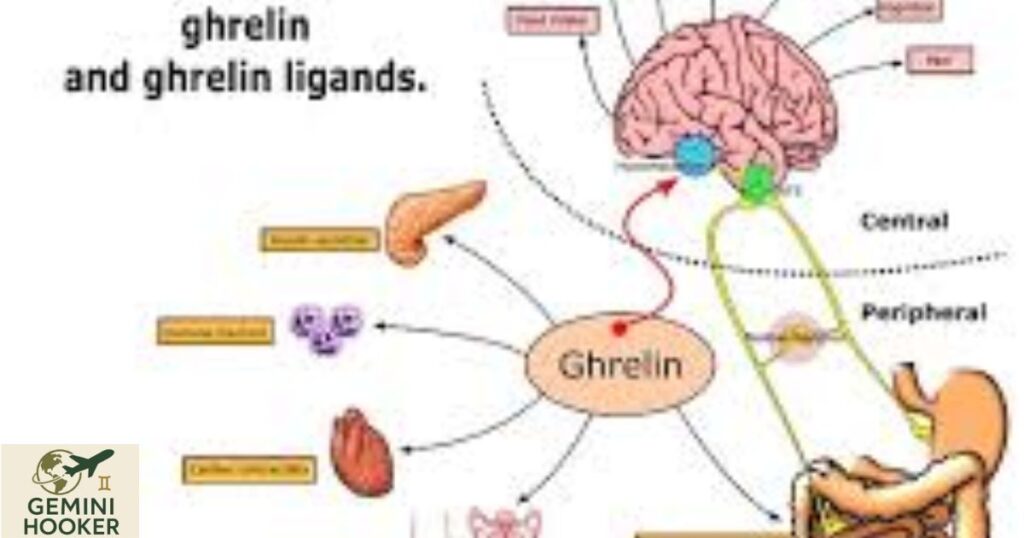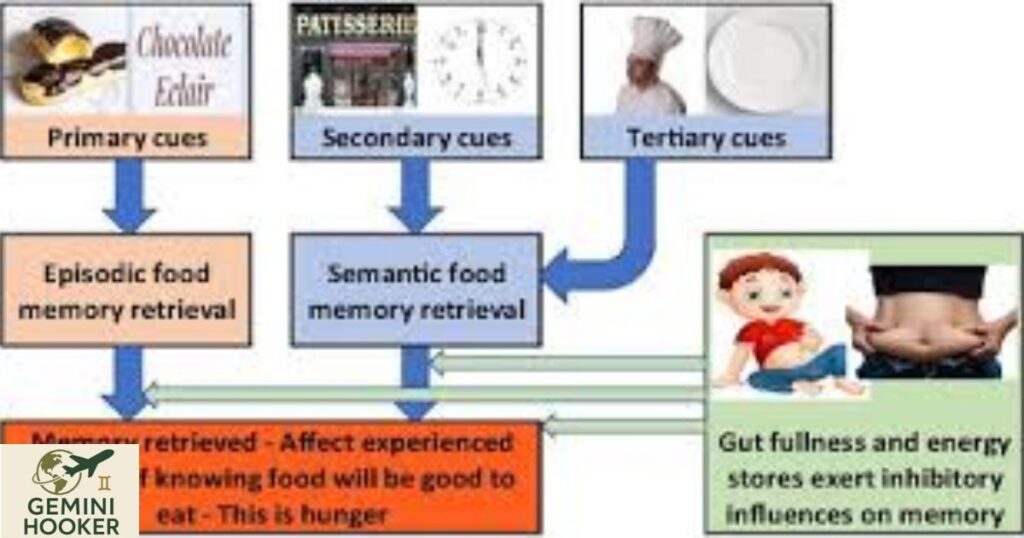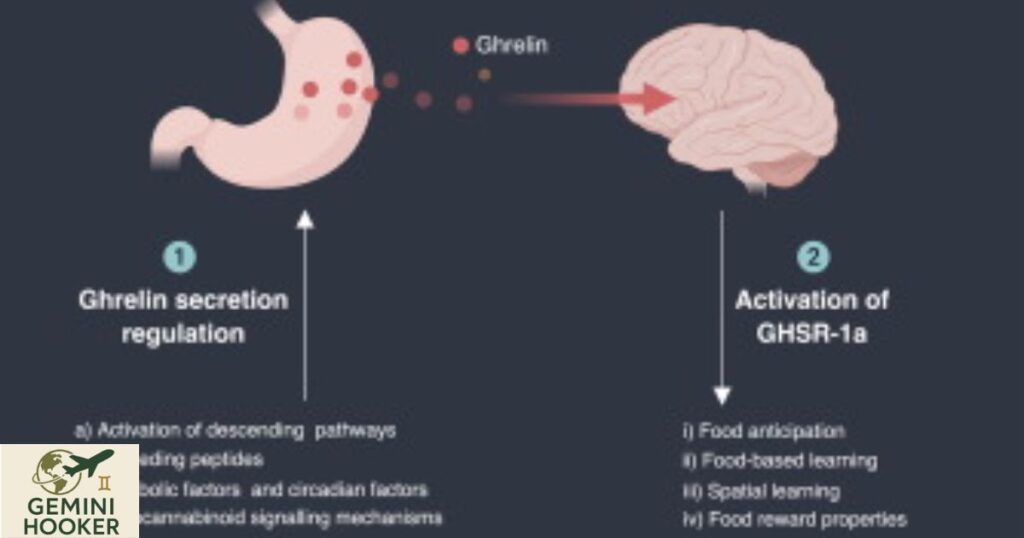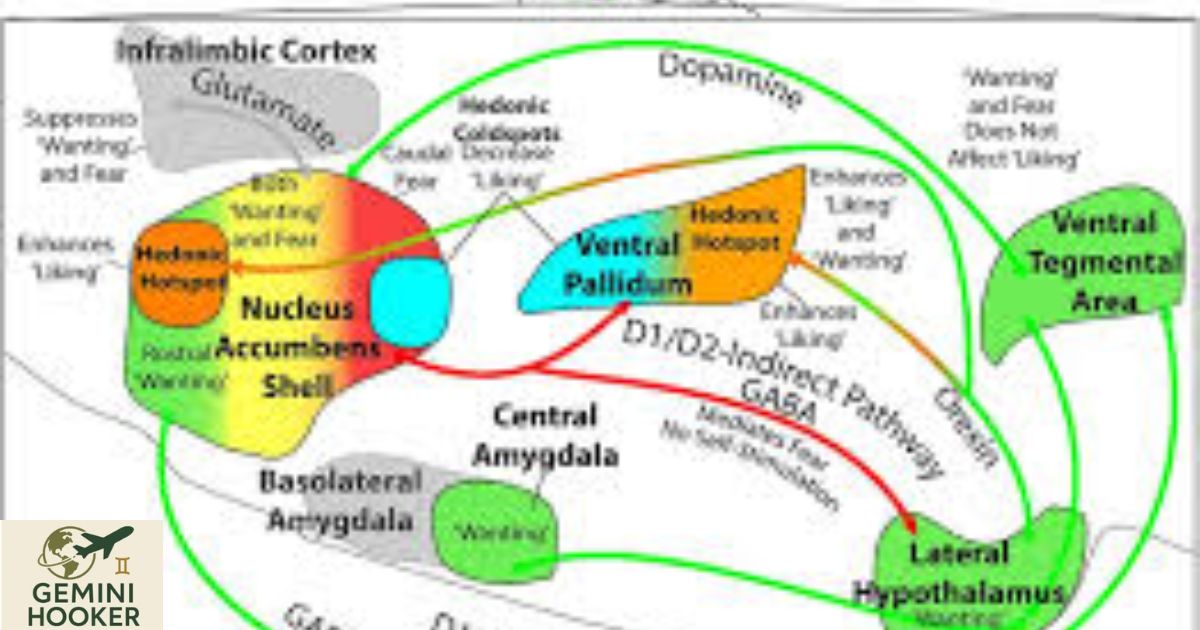Introduction
This is an interesting topic of conditioned hunger which is based on psychology, neuroscience, and nutrition science. In contrast to natural hunger, which is related to physiological needs such as low glucose levels or an empty stomach, conditioned hunger is determined by personal environment, habit formation, and learned associations.
An example is the craving to eat at a bakery when you walk by one even though your body does not really need a food source; a learned response has been elicited by the look and smell.
The phenomenon is indicative of the interrelationship between mind and body vis-a-vis the environment. The concept of conditioned hunger is highly essential to understand, as it contributes considerably to the reasons behind overeating and augmenting weights and obesity.
It also throws light on the eating disorders and how we can re program our bodies and our mind to adopt a better healthy eating habit.
This paper gives a detailed explanation about conditioned hunger. We are going to look at its theoretical background, the biological processes, real-life causes, its health consequences and its management.
Towards the conclusion, you will know the process of how conditioned hunger controls normal life and how to break the control.

Theories
Conditioned hunger is based on Pavlov or classical conditioning. Russian physiologist Ivan Pavlov found that it was possible to condition dogs to salivate in the presence of a ringing bell, provided that every time they heard the bell, they received food. This can be referred to as a conditioned reflex. Equally, human beings may form conditioned, regulated eating responses using ambivalent stimuli (a time of the day, aroma of popcorn, or commercials on TV) that are related again and again to eating.
Unconditioned Stimulus (US): There is no condition on food; it only induces salivation in a person.
Conditioned Stimulus (CS): The outside signal (sights, odor or sounds) connected to food.
Conditioned Response (CR): Starved feelings, and covetousness, in the face of not an actual physiological need.
It is on this learned association that some people feel hungry during a meal time, even though it may occur after an hour of consumption. What results is conditioned, which has much to do with learned patterns, reinforced by repetition, rather than biological need.
The other related notion is conditioned satiety. Studies indicate that, as much as conditioning can be done to trigger hunger, similarly the feeling of fullness can be triggered.
As an example, when a person makes it a habit to always stop production after some certain signal such as an empty drink, the brain may perceive the termination of that signal as a feeling of fullness however much food may have been taken.
The two, namely, conditioned and the conditioned satiety, indicate the extent to which our eating habits are controlled by the environment.
Conditioning Processes with Hunger made use of Biological
Conditioned Hunger is neither biological, nor psychological. In case food-related cues are detected by the brain, it stimulates what scientists refer to as cephalic phase responses. They are preparatory physiological states taken before starting to digest real food.
Cephalic Phase Responses
Salivation increases.
Gastric juices begin to be made in the stomach.
The pancreas can secrete insulin predictive over the food.
There can be a surge in secretions of hormones e.g. ghrelin, which stimulates the feeling of hunger.
The body is set up to break down food and absorb it well and this can foster false hunger forcing us to eat when we are not actually hungry.
The Hypothalamus
Hypothalamus is a very little, but extremely significant portion of the brain that influences the sensation of fullness and inadequacy. The neurons involved in the generation of hunger signals, AgRP (Agouti-related peptide), can be found inside it.
Evidence shows that these kinds of neurons can be activated by both an internal sense of energy constraint and the view of foodstuff. It implies that the conditioned stimuli have the capability of literally turning up the hunger at the neurological level.
Gut-Brain Axis
The vagus nerve and chemical messengers play the role of connectivity between the gut and the brain. Hunger conditioning can change communication between the gut and brain by raising the amount of digestive hormones that are released before eating occurs. This loop is developed into a habit over time and cues which cause eating.
Real Life Conditioned Cues
Conditioned hunger includes its appearance in everyday life that most people experience without being aware of it.
The Appetizer Effect: Initially having a small amount of food such as an appetizer may not only fail to satiate but it may end up increasing appetite. The reason behind this is that the body is expecting a complete meal meaning that it increases digestion activities.
Time-Based Cues: Most individuals are hungry at the conventional times of the day (e.g. 1 pm lunch) even when they have had a late breakfast. The time piece itself takes on a conditioning of cues.
Environmental Cues: There is popcorn and dark lights in the movie theaters to stimulate hunger no matter what you had last.
Associations: Overtime, cravings on certain comfort food probably arise because of emotional associations elicited by stressful situations, boredom or sheer happiness.
These signs may take the place of real physiological necessities and result in superfluous consumption of food and over eating in most instances.

Consequences to Overeating and Gain Weight
The role of conditioned hunger is profound in regards to overeating and obesity. The contemporary world is full of food stimuli everywhere: they surround us on the billboards, in social circles and on devices, as well as in supermarkets themselves.
These stimuli contribute to conditioned hunger whereby an individual may eat despite the inability of the body to need energy.
Obesity Epidemic
Conditioned hunger contributes to the reason why the rate of obesity has increased globally. Humans are constantly exposed to high-quality palatable food cues of high-energy.
This, when coupled with sedentary lifestyles, causes over-consumption on a chronic basis.
Cue Reactivity and Overeating
Studies have shown that individuals with obesity often display higher food cue reactivity. Their brains show stronger responses to visual food cues, suggesting a heightened conditioned hunger system.
Food Cue Exposure Therapy
Emerging therapies involve exposing individuals to food cues without allowing them to eat, aiming to “extinguish” conditioned responses. This behavioral technique helps retrain the brain not to associate specific stimuli with food intake.
The behavior of the human being
Conditioned hunger does not only have to do with eating; it can lead to an impact on decision-making, self-control and emotional regulation.
Factors of Decision making
The decisions can be affected by hunger (physiological or conditioned). Research on measures such as the Iowa Gambling Task indicates that hungry people tend to be more risky and impulsive in the way that they act or decide. Hunger conditions, thus, can not only contribute to overeating but also to the misjudgements in other spheres of life.
Food words are considered as conditioned stimuli (Food Words).
Studies have indicated that food-related words could also be used as conditioned stimuli to evoke greater responses in food deprived persons. This implies that language and marketing as a factor contribute to the reinforcement of conditioned hunger.
Emotional Eating
Conditioned hunger tends to be coupled with emotions. Let us take the case of an individual who always consumes ice cream when he has had a bad day. In this situation, stress itself comes in as a conditioned stimulus to hunger. This eventually forms an addiction cycle that is hard to break.
using the following strategies.
Conditioned hunger needs to be handled in terms of awareness, behavioral change, as well as environmental manipulation.
Mindful Eating
Mindfulness provides people with the opportunity to determine the differences between genuine physiological and conditioned hunger. The question of am I actually hungry or is it because of a cue also can help to reduce unneeded food consumption before a meal.
Cue Exposure Therapy
The conditioned associations may be weakened by gradually subjecting oneself to food related cues but not consuming. As one of the examples, visiting the cafe and not getting food will teach a brain to not only think the place is associated with meals.
Environmental Control
There are also ways to minimize the exposure to food cues, like not grocery shopping when hungry or not displaying food advertisements at home, that will result in the reduced conditioned hunger responses.
Scheduled Eating
Conditioned hunger can be overcome by not using impulsive eating but instead going by a systematic food plan or menu. New healthy habits supplant old conditioned reactions over the eventual years.
Stress Management
Emotional states frequently can serve as a cue, so it is possible to reduce emotional eating provoked by conditioned hunger with the help of stress-reduction techniques such as exercise, meditation, or deep breathing.

Conclusion
Conditional hunger is indeed a mighty influence which forms the manifestations of the eating habits beyond any biological need. It is based on the concept of classical conditioning, coming up once food consumption can be associated with the presence of neutral stimuli, forming learned hunger effects. With the help of biological processes, cephalic phase responses, PINNA brain signaling, and GBC response, conditioned hunger can justify why human beings tend to eat without having any actual physiological drives.
Though it is a factor that may result in overeating and obesity, conditioned hunger is not out of control. Closely related to this is mindful eating, cue exposure therapy, environmental modifications, and stress management as a way that people can re-program their brains and bodies to better react to the cues of hunger.
Comprehending conditioned hunger would help us make life decisions. Certainly, the more we escape the stereotypic patterns, the better our relations to food, weight, well-being, and overall conditions will be.
F & Q
Q1. What is conditioned hunger?
Conditioned hunger is perceived hunger due to the external signals (such as sight, smells or time of day) rather than due to real physiological requirements.
Q2. In what way is the conditioned hunger and the natural hunger the same or different?
The low energy stores and biological requirements provoke natural hunger whereas conditioned hunger is acquired and activated by the environmental or emotional factors.
Q3. Does conditioned hunger cause overeating?
Yes. It may also lead to excess food consumption causing people to gain weight because conditioned hunger may force one to eat when one is not really hungry.
Q4. What are a few examples of the conditioned hunger in everyday life?
Things like feeling hungry after seeing a bakery, craving popcorn in the cinema, feeling hungry at lunch time after a late breakfast are a few good examples.
Q5. What do I need to do to prevent conditioned hunger?
Internal strategies involve eating mindfully, controlling the exposure to food cues, spreading stress reduction techniques, and adhering to meal schedules.
Q6. Is trained hunger lasting?
No. Conditioned hunger responses can be weakened or retrained in behavioral strategies such as cue exposure therapy and mindfulness.
Q7. Does advertising decrease conditioned hunger?
Yes. Visual and emotional responses are critical in stimulating a conditioned hunger in food marketing and advertising.

